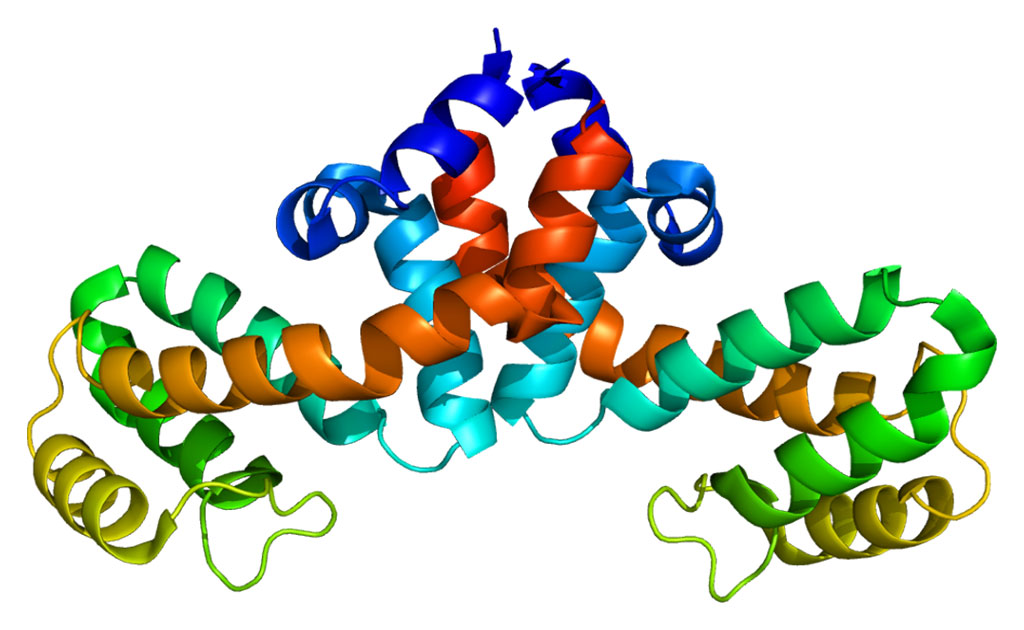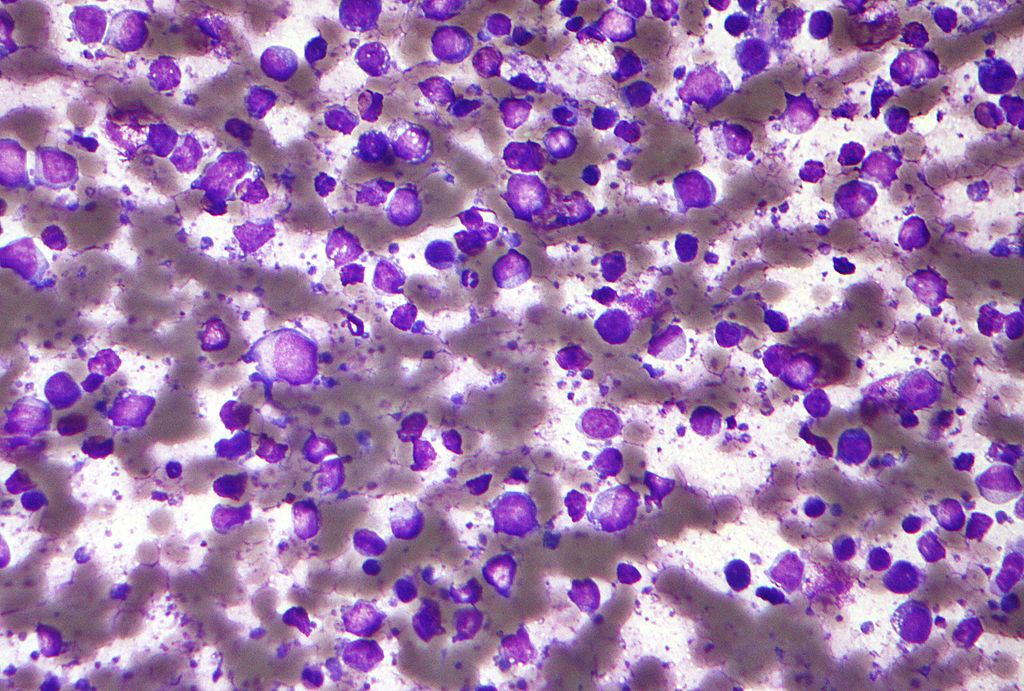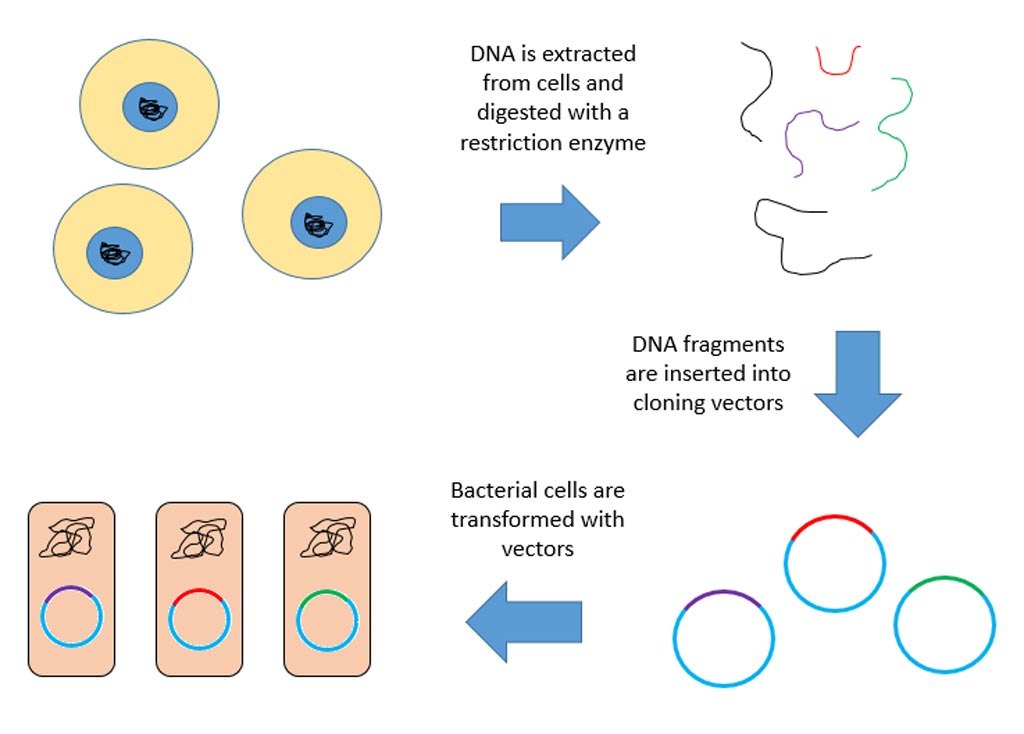Acyl Amides May Lead to New Drugs to Treat Osteoporosis
By LabMedica International staff writers
Posted on 11 Oct 2010
The discovery that a class of compounds known as acyl amides is critically involved in maintaining bone density balance may pave the way for a new generation of drugs to treat osteoporosis.Posted on 11 Oct 2010
Bone mass and shape are continuously remodeled by the concerted and balanced action of osteoblasts (bone forming cells) and osteoclasts (bone-resorbing cells). The endocannabinoid system plays an essential role in the maintenance of normal bone mass via signaling through the CB2 (cannabinoid receptor 2) receptor. One of the substances now being studied for its role in bone metabolism is N-oleoyl-L-serine (OS), an endogenous lipid (of the acyl amide class) that has been reported to stimulate bone formation and to inhibit bone resorption.
Investigators at the Hebrew University of Jerusalem (Israel) worked with the mouse ovariectomy (OVX) model of osteoporosis. They compared the effects of treating OVX mice with OS to those obtained by treating a normal control group. Results published in the September 27, 2010, online edition of the journal Proceedings of the [U.S.] National Academy of Sciences (PNAS) revealed that in normal mice, OS moderately increased bone volume density mainly by inhibiting bone resorption. However, in OVX mice, OS effectively reversed bone loss by increasing bone formation and markedly restraining bone resorption.
The differential effect of exogenous OS in the OVX vs. intact animals was thought to be due to the lack of OS in the bones of the OVX animals.
The investigators hope to adapt OS or a similar substance for drug use, since up to now drugs for treatment of osteoporosis have worked to prevent further bone loss or to encourage bone formation, but none of them has been able to accomplish both functions together.
Related Links:
Hebrew University of Jerusalem













